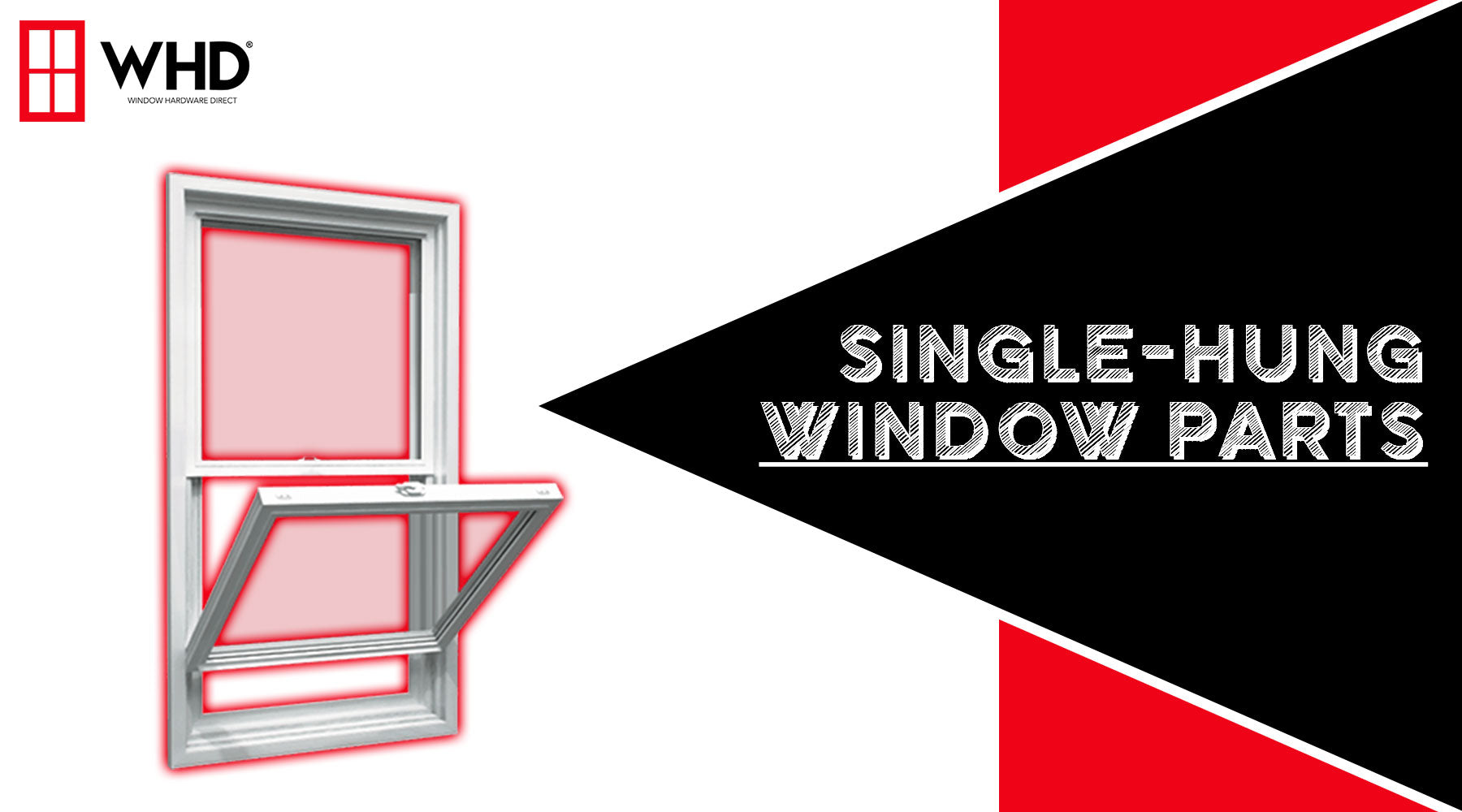
Understanding Single-Hung Window Parts: A Comprehensive Guide
Windows are an essential part of any building, providing natural light, ventilation, and aesthetic appeal. Among the various types of windows available, the single-hung window is a popular choice due to its simplicity and functionality. If you are a homeowner or a contractor, it's crucial to familiarize yourself with the various parts of a single-hung window to understand how they work and to perform maintenance or repairs effectively. In this article, we will explore the key components that make up a single-hung window and their functions.

-
Sash:
The sash is the movable part of the window and is designed to hold the glass securely. In a single-hung window, there are two sashes - the top sash and the bottom sash. The bottom sash is operable, meaning it can be raised or lowered to open or close the window, while the top sash remains fixed in place.

-
Frame:
The frame forms the outer border of the window and holds all the components together. It provides structural support and ensures the window fits securely in the opening. Frames are typically made from materials like vinyl, wood, aluminum, or fiberglass, each offering its own advantages in terms of durability, energy efficiency, and aesthetics.

-
Rails:
Rails are the horizontal components of the window sashes that allow the bottom sash to move up and down smoothly. They are located at the top and bottom of the sash and ensure stability and proper alignment within the window frame.

-
Stiles:
Stiles are the vertical components of the window sashes that provide additional support and stability. They run along the sides of the sashes and, along with the rails, help to keep the window sash securely in place.

-
Balances:
Balances are mechanisms within the window frame that help counterbalance the weight of the sash, making it easier to open and close the window smoothly. There are various types of balances used in single-hung windows, including block-and-tackle, spiral, and constant force balances (also known as coil spring balances).

-
Jambs:
The jambs are the vertical parts of the window frame that help hold the sashes in place when the window is closed. They play a vital role in providing a secure seal to prevent drafts, water infiltration, and noise from entering the building.

-
Muntins:
Muntins are the bars that divide the glass panes in a window, creating the appearance of multiple smaller individual panes. They add a decorative element to the window and can be either simulated or true divided, with true divided muntins holding separate pieces of glass.

-
Weatherstripping:
Weatherstripping is a crucial part of any window, including single-hung windows. It is typically made of rubber or foam and is installed around the sashes and frame to create a tight seal when the window is closed. This seal helps prevent air and water leakage, enhancing the window's energy efficiency and weather resistance.

-
Locks and Latches:
Single-hung windows come with locks or latches that secure the window when it is closed. These locks are essential for ensuring the window remains shut and also provide an added layer of security to the building.

Understanding the different parts of a single-hung window is vital for maintaining and troubleshooting issues that may arise over time. Regular inspection, cleaning, and lubrication of moving parts will help prolong the window's lifespan and ensure it functions optimally. If you encounter any significant problems with your single-hung windows, it is advisable to seek the assistance of a professional window repair or replacement service to ensure the job is done correctly and efficiently.
![]()
Conclusion
In conclusion, single-hung windows are a popular and practical choice for many homes and buildings. Familiarizing yourself with the various components of these windows will enable you to appreciate their design and functionality better, and it will also equip you with the knowledge needed to maintain and care for them effectively. Whether you are a homeowner or a contractor, understanding single-hung window parts will undoubtedly prove valuable in the long run, ensuring your windows remain in excellent condition and continue to enhance the beauty and comfort of your living spaces.
Still have questions about single-hung windows? Contact the WHD Team! We would be thrilled to assist you and answer any questions you may have.
